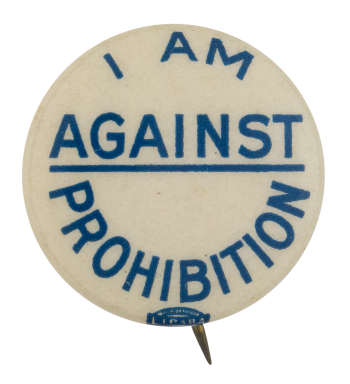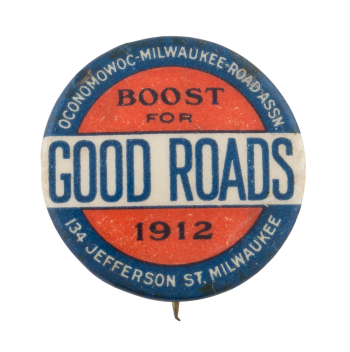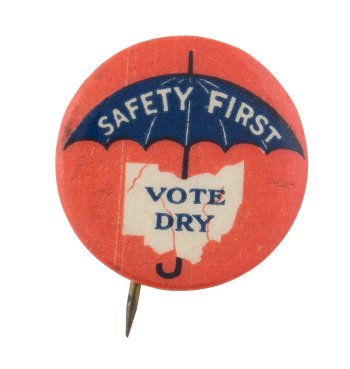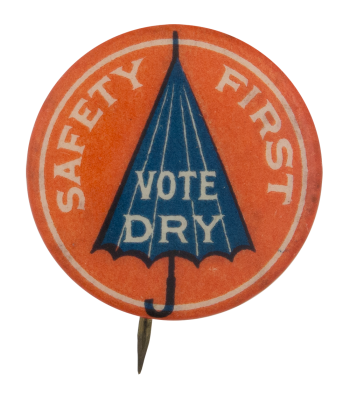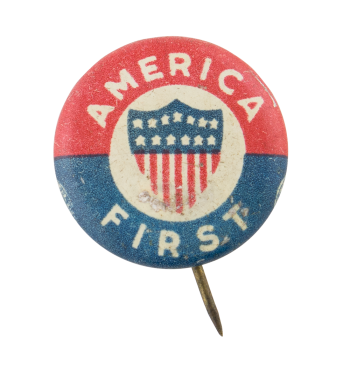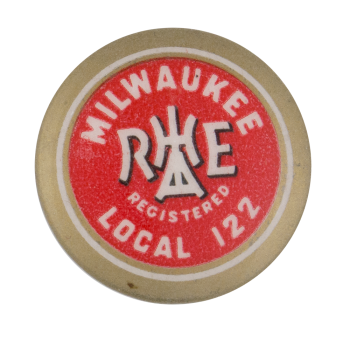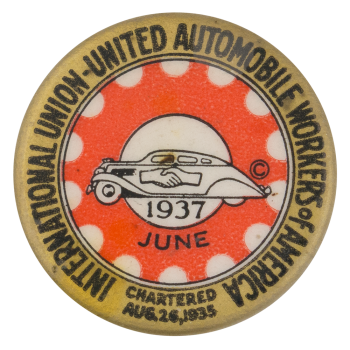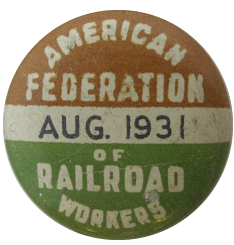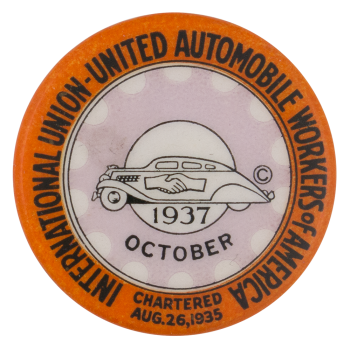I Am Against Prohibition
| Category | |
|---|---|
| Additional Images | |
| Sub Categories | |
| Text on Button | I AM AGAINST PROHIBITION |
| Image Description | Blue text on white background |
| Back Paper / Back Info |
Maker's mark stamped on back. Reads: BASTIAN BROS. CO. ROCHESTER, N.Y. |
| Back Style | |
| The Shape | |
| The Size | |
| Year / Decade Made | |
| The Manufacturer | |
| Additional Information | In 1920 Congress passed the Eighteenth Amendment banning the sale, production, and transportation of alcohol in the United States. This desicion was a highly contentious issue. On the one hand, supporters of the ban heralded prohibition as a victory for public morality and health. On the other hand, however, the "wets," whose sentiments are voiced here on this button, saw it as an intrusion of middle class Protestant ideals on what was an important aspect of urban, immigrant, and Catholic everyday life. Congress reversed this decision in 1933 by passing the Twenty-first Amendment, which repealed prohibition. |
| Catalog ID | CA0053 |

